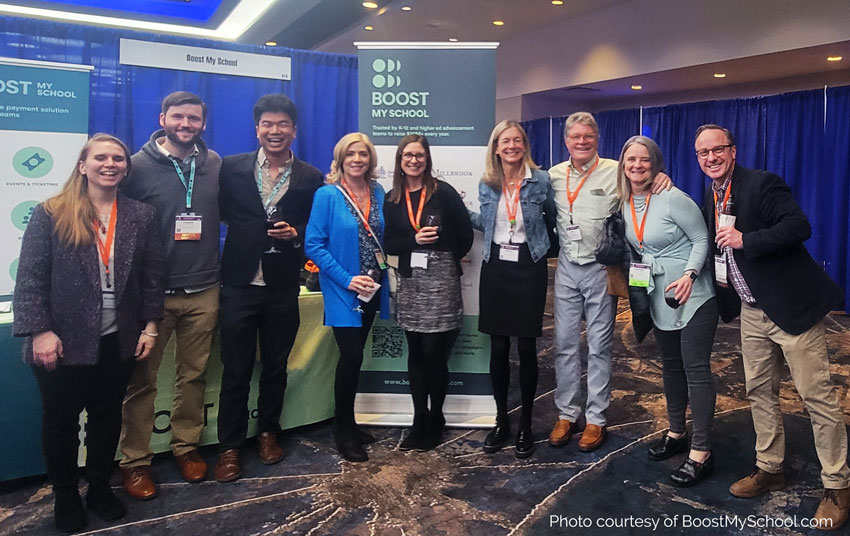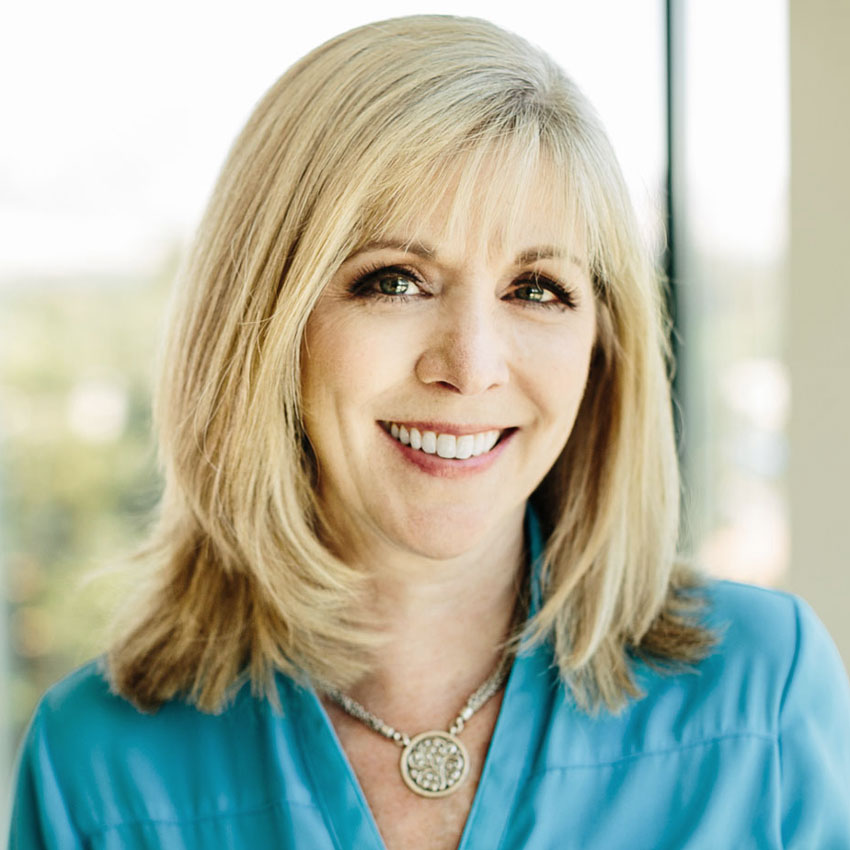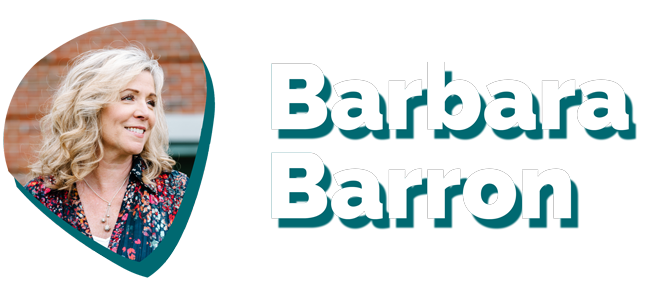by Barbara Barron | Posted February 8th, 2023 | Subscribe to this newsletter

Having just spent three days in NYC attending the CASE-NAIS conference, I have thoughts.
First: it was beyond lovely to see so many friends, colleagues, and former and current clients. We development people are naturally (or trained to be) super friendly. But this was beyond.
Next, the content was excellent. Plenary sessions were thought-provoking and heady, with subjects appropriately set at 10,000 feet from leaders in our profession with broad and wise perspectives. Elective sessions were chock full (for the most part) of great takeaways. Those presenters delivered. Exhibitors offered cool new products and services for our industry and gave away some fun swag.
But I went also for the new learning!
My overarching “ah-ha” was that the sometimes tough-to-make tactical goals of increasing diversity, equity, inclusion, and belonging at our schools were made real in several sessions — with actual, honest-to-God solutions that we could take home and implement.
Even better, doing so is a path to fixing some of the terrible practices our professional has been saddled with. Imagine that: doing the right thing turns out to be a smart thing. For my faithful readers, you know I’ve been railing about some of these outdated practices for years.
Like which ones?
Have you subscribed to this newsletter yet? It only takes a minute.
Auctions Are Over
Thank the goddess!
Instead of exclusive, expensive, and showy events that engage maybe a third of the school community (at best), smart and inclusive schools are moving to inventive alternatives. Cite: Thatcher School and their shift to a week-long giving challenge. They are raising far more money, have cut their expenses by 80% (EIGHTY!), have less exhausted (“happier”, they claim) development professionals, and boast huge participation stats from all constituencies. And they still offered a chance to party for those parents that want one. But that is not the central point anymore. It’s raising vital dollars for students and teachers. Whew.
Naming is On It’s Way Out
I participated in an honest interrogation of the subject of the value vs. the potential damage caused by naming physical spaces around our schools. In what felt like a collective moment of heartbreak, the presenter shared the story of the student who said he hated going to one certain classroom because over the entrance was the name of the family who donated big money; the same family whose child wasn’t very nice to him. Or the day many families claim is hard at their homes: when the school annual report arrives in the mail and their kids search for their family’s name on the list, and not finding it among the top names of some of their friends.
Ouch, and yuck.
Interestingly, most of my clients have not been listing names in order of cumulative giving in reports for some time. And increasingly, fewer offer naming opportunities for their campaigns. But one size has never fit all and there are certainly exceptions. The presenters of this session shared their reasoning for offering naming in their campaign, at a school that has a long tradition of such. They explained the process and principles of their naming policy to ensure expectations with donors are clear and the visual identity of the campaign and facility remains intact. Still. It leaves you wondering. This is another example of how the goal of DEIB is taking hold. And making things better for everyone.
Women’s Leadership Circle of Giving
I also learned how a school established a women’s leadership circle of giving, at a venerable and historically very male school, resulting in big major gifts from women for women’s education. This is effectively a major gifts campaign, centered on 50 years of women’s education but what is resulting in (it’s ongoing) is a group of women who are deeply reconnected to their alma mater, making possible scholarships for girls now and into the future. What a smart intersection of major gifts and alumnae relations: meaningful to the women who are participating, creating terrific stewardship stories for the office to tell the donors, and beginning outstanding modeling for future generations of alumnae. A stunning amount of early money they’ve raised. But this concept can work at a smaller or less-resourced school. Brava! My list goes on.
In Closing…
My take-home sentiment, beyond my gratitude for the opportunity to attend and learn from good people doing good, is a renewed intention to lean into this work. With some specific fixes that lead to more engagement and better fundraising. I’m reenergized to help others do this, too.
Let’s talk!
Barbara Barron

About the Author

BARBARA BARRON is one of the most respected and highly sought-after independent advancement professionals in the country, having worked with dozens of schools in every corner of the United States.
She has raised over $20 million for schools where she served as the Director of Development. Barbara is a New York Times bestselling author, speaker, and presenter who currently advises dozens of schools in various capacities. She is considered a thought leader in the world of advancement, with her writing widely shared by professionals in development offices worldwide.






